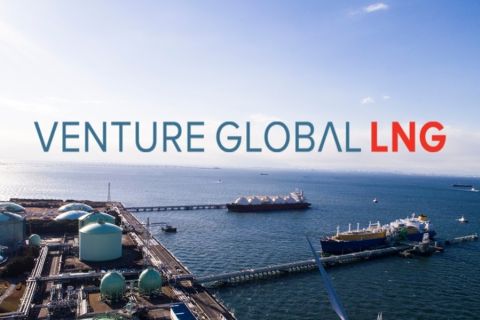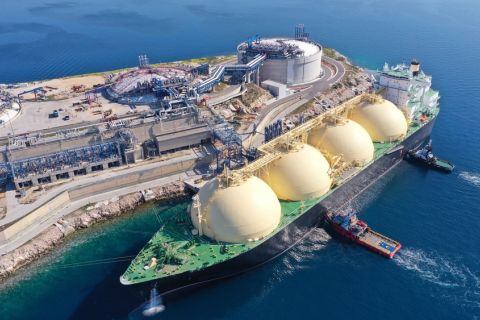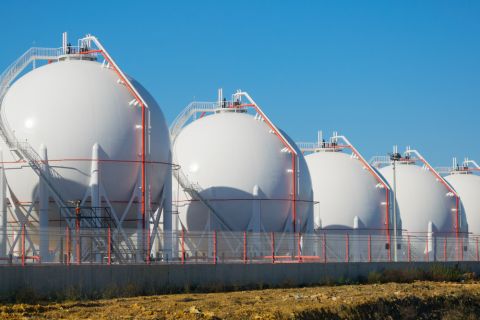Copenhagen Infrastructure Partners (CIP) has launched a new company to develop what it calls “energy islands,” combining offshore wind power and hydrogen production.
The Danish fund manager describes the islands as large-scale offshore energy hubs that combine existing, proven technologies in new ways to significantly and cost-effectively scale offshore wind. This includes hydrogen and Power-to-X technologies.
Called Copenhagen Energy Islands (CEI), the new company aims to develop 10 projects in the North Sea, Baltic Sea and Southeast Asia regions, CIP said Jan. 19. Bloomberg reported CIP plans to invest some $163 billion in the coming decades on the islands.
“If we want to achieve net-zero carbon emissions by 2050, we will need to scale up the deployment of offshore wind and other renewables to an unprecedented level,” said Jakob Baruël Poulsen, managing partner and founder of CIP. “Today, the challenge for offshore wind is less about building the incremental offshore wind farm, but more how to integrate large-scale offshore wind energy into the global energy systems.”
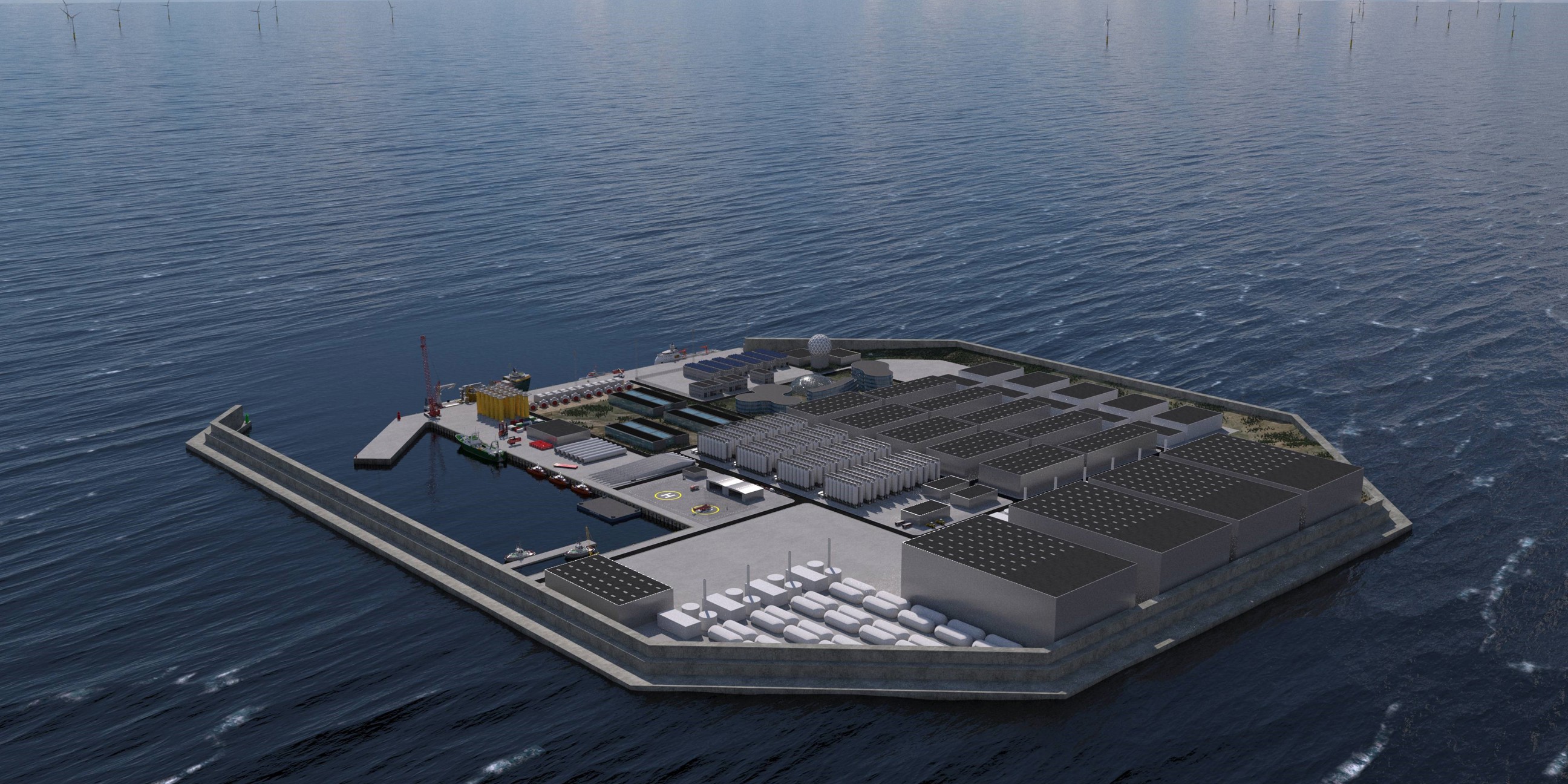
Reducing power transmission costs and incorporating synergies between power and hydrogen production were identified by CIP as value drivers. The energy islands are intended to address three main obstacles to the buildout of offshore wind by finding cost savings, speeding the rate of deployment and reducing grid constraints.
The fund manager is part of the VindØ consortium, which introduced the world’s first energy island concept in 2020. The consortium, which includes some of the same partners working with CEI, has set out to build the artificial island in the Danish section of the North Sea by 2033, connecting 3 gigawatts (GW) of offshore wind.
CIP launched Copenhagen Energy Islands as an independent company. It is majority-owned by CIP and a group of investors that PensionDanmark, PFA Pension, SEB and Danish utility Andel.
Here’s a look at other renewable energy news:
RELATED
A Year of Probable Improvement: The Energy Transition in 2024
Energy storage
International Battery Co. Raises $35MM for Manufacturing Plant
California-headquartered International Battery Co. (IBC) said Jan. 18 it raised $35 million in a funding round led by venture capital firm RTP Global.
Other participating investors included Beenext, Veda VC and other Korean and U.S. investors, the company said in a news release.
The investment will go toward a 50-megawatt hour (MWh) capacity ramp manufacturing plant in South Korea. IBC is working to meet demand for its prismatic lithium-ion nickel manganese cobalt batteries in India. The country’s electric vehicle market is expected to account for more than 40% of its automotive market by 2030 and generate more than $100 billion of revenue, according to a report by Bain & Co.
“India is becoming one of the fastest growing EV markets in the world, with the government and consumers alike recognizing the long-term cost benefits and opportunity to reduce greenhouse gasses and achieve net zero, which can only happen through rapid proliferation of technology ready to scale today,” said IBC CEO Priyadarshi Panda. “Despite the massive opportunity for EVs in India, batteries underpinning this revolution are not being manufactured in India.”
IBC is also developing a 2-gigawatt hour (GWh) lithium-ion gigafactory in Bengaluru, India. Production is expected to begin by 2025.
Having secured contracts with three customers to co-create and supply battery packs, IBC said it is focused on developing batteries for two- and three-wheelers, light commercial vehicles, as well as farm and industrial equipment. The company is targeting a production capacity of 10 GWh by 2028.
ABTC Increases Lithium Resource Size for Tonopah Flats Project
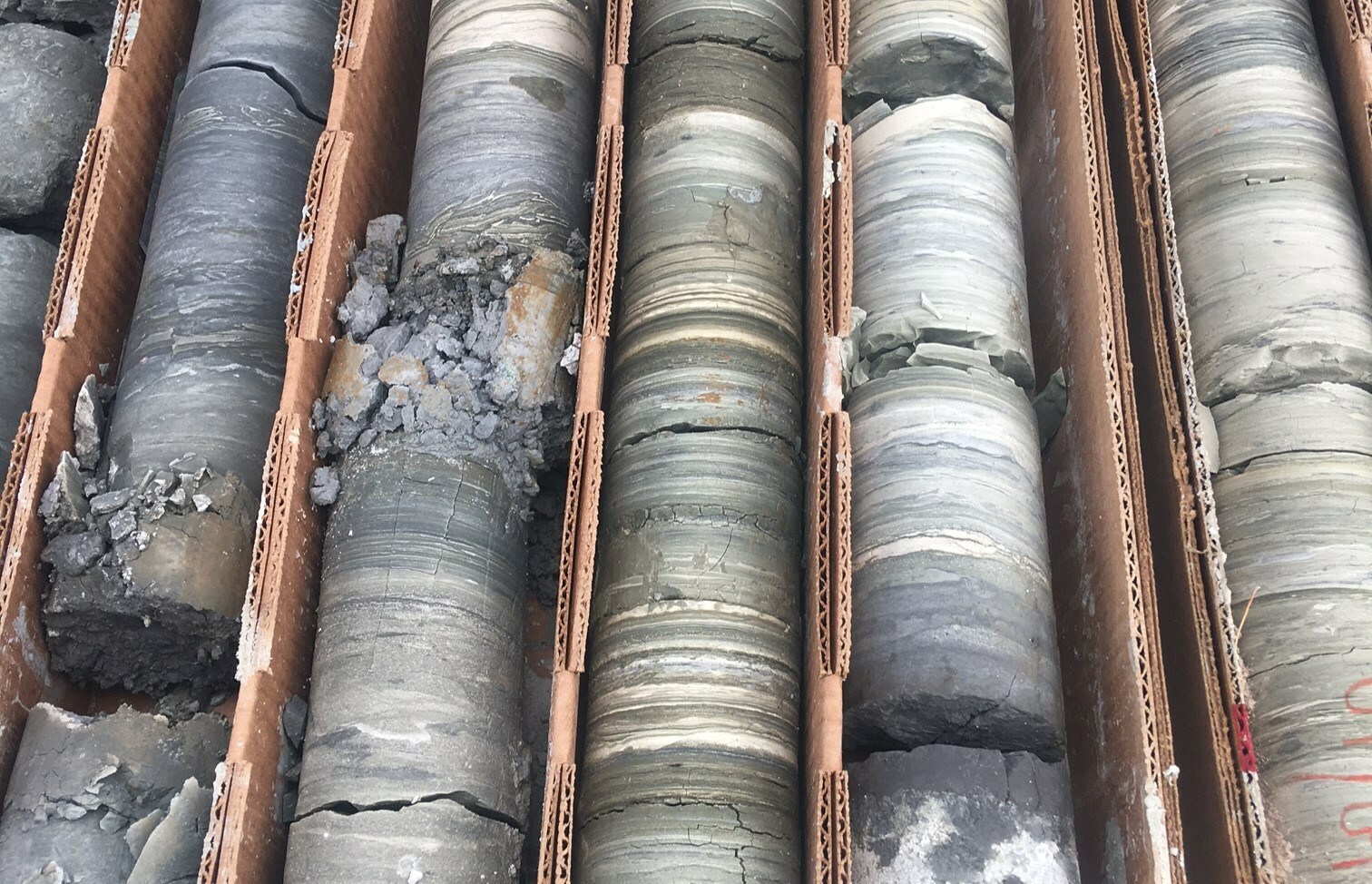
Nevada-based American Battery Technology Co. (ABTC) said Jan. 18 it has increased and upgraded the lithium resources at its Tonopah Flats Lithium project in Nevada’s Big Smoky Valley, boosting its commercialization appeal.
The updated estimate incorporates data from a third drill program. With the latest drilling results, ABTC said it has increased the overall lithium resource size by 17%. About 54% of the resource is now classified as a “measured resource or an indicated resource,” which ABTC said represents a higher statistical confidence in the quantity and quality of resource.
“We are proud to have both further increased the total size of this critical material lithium resource through our step-out exploration, and through our strategic infill drilling to have evolved the majority of this resource up to the measured and indicated classifications,” said ABTC CEO Ryan Melsert.
“This is an important milestone in the commercialization of this deposit, and combined with the current construction and installation of our integrated pilot system for the continuous demonstration of the manufacturing of battery grade lithium hydroxide from this unconventional lithium resource,” Melsert added, “we are excited to continue the rapid development and commercialization of these first-of-kind technologies.”
Tonopah Flats has a total quantified resource of 21.15 MMton of lithium hydroxide monohydrate, making it one of the largest lithium projects in the U.S., according to ABTC.
Sweden’s Northvolt Commits to Invest in EV Battery Plant in Germany
Swedish lithium-ion battery producer Northvolt said on Jan. 17 it had committed to go ahead with its planned investment in an EV battery plant near Heide, Germany.
“Northvolt’s planned major investment is a huge success for the west coast, for Schleswig-Holstein and Germany as a whole,” Economy Minister Robert Habeck told German newspaper Die Welt.
Subject to the approval of both local communities of Lohe-Rickelshof and Norderwoehrden, construction will begin promptly, Northvolt said in a statement, adding the project would create some 3,000 jobs.
Earlier in January, the European Commission approved 902 million euros (US$980.02 million) in German state aid for the plant, made up of a 700 million-euro direct grant and a 202 million-euro guarantee.
RELATED
Apex, SK Gas, SK D&D Create Energy Storage JV
Hydrogen
Enbridge, FortisBC Energy Team with British Columbia on Hydrogen Study
Pipeline transportation company Enbridge Inc. has partnered with energy provider FortisBC Energy and the British Columbia Ministry of Energy, Mines and Low Carbon Innovation to examine how hydrogen can be delivered with existing gas pipeline infrastructure.
Plans are for each to conduct their own studies and then produce an integrated summary, according to a Jan. 17 news release.
The study will specifically examine the percentage of hydrogen that can be safely transported through gas pipeline infrastructure, including gas transmission and distribution systems. If the partners deemed hydrogen safe to transport, next steps include using the study to inform development of regulations and to help develop a commercial hydrogen market in the province, the release states.
“Hydrogen is a renewable energy source that is critical to reducing greenhouse gas emissions and helping the province transition to clean energy,” said Josie Osborne, minister of energy, mines and low carbon innovation. “By using existing infrastructure to transport this energy, we can reduce the number of trucks on B.C. highways and roads.”
Enbridge said its Westcoast system has more than 2,900 km of pipeline, stretching eastward from the U.S.-Canada border to the B.C.-Alberta border. The system supplies natural gas to FortisBC’s approximately 51,000-km gas transmission and distribution system, the company said.
India’s INOX Air Products Signs MoU with Maharashtra Government
Industrial and medical gases manufacturer INOX Air Products said on Jan. 16 it has signed a memorandum of understanding with the government of Indian state Maharashtra for a green ammonia plant, which has a planned outlay of $3 billion.
The project is aimed to be commissioned in 3 years to 5 years and would be used to produce 500,000 million metric tons per annum (mtpa) of liquid ammonia, the privately-held company said.
INOX Air Products is a manufacturer of industrial and medical gases and has about 45 operating locations in India.
Torrent Power, which generates thermal, solar and wind power, recently signed a similar agreement with the Gujarat government to create green hydrogen and ammonia manufacturing plants.
RELATED
8 Rivers, Casale Partner to Advance Hydrogen Technology
Solar
US Unveils Solar Energy Plan for Western Public Lands
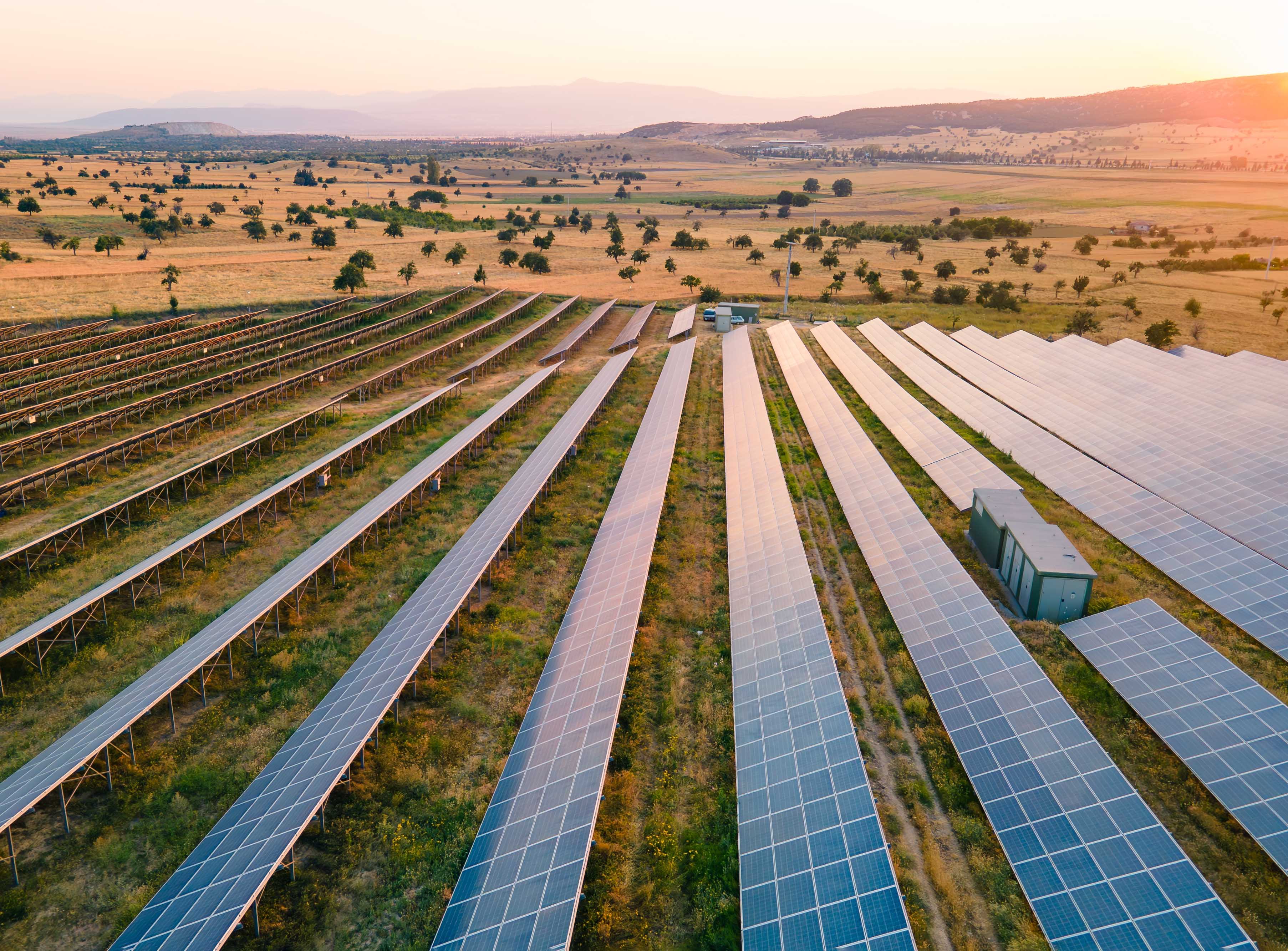
The Biden administration on Jan. 17 unveiled a proposal for solar energy projects on federal lands that identifies 22 million acres in 11 western states best suited for development.
The announcement is part of the Interior Department’s push for more renewable energy facilities on federal lands, a cornerstone of President Joe Biden’s goal to decarbonize the U.S. electricity grid by 2035 and combat climate change.
The draft plan published on Jan. 17 would update an Obama-era policy that established special zones for solar projects in six states—Arizona, California, Colorado, Nevada, New Mexico and Utah.
The Interior Department said changes to the Bureau of Land Management’s (BLM) 11-year-old Western Solar Plan were necessary due to advances in technology, soaring demand for renewable energy and increased interest in solar development in northern states.
The new plan includes areas in Idaho, Montana, Oregon, Washington and Wyoming and is focused on lands within 10 miles of existing or planned transmission lines because those areas are easier to develop, Interior said.
It also excludes 126 million acres from development due to conflicts such as critical wildlife habitats, recreation, historic places and old growth forests.
The plan relied on federal forecasts for clean energy needs to determine that 700,000 acres of public lands would be needed for solar energy over the next 20 years.
The proposal is open for public comment until April 18. A final plan is expected to be published before the end of the year.
Separately, the Interior said it had taken steps toward approval of six solar projects and a transmission line in Nevada, California and Arizona. BLM has approved 47 clean energy projects—enough to power more than 3.5 million homes—during the Biden administration.
Ørsted, Bloomberg Ink Solar Energy PPA in Texas
Renewable energy developer Ørsted signed an 80-MW power purchase agreement (PPA) with Bloomberg, according to a Jan. 18 news release.
The 15-year PPA is for solar energy generated by the 471-MW Mockingbird Solar Center under construction near Paris, Texas. Bloomberg joins other corporate customers, including Covestro and Royal DSM, to fully contract the project, Ørsted said.
Mockingbird is Ørsted’s largest solar project in the U.S. The project, expected to be complete in 2024, will be able to generate enough energy to power more than 80,000 homes annually.
PureSky Energy Acquires Solar Portfolio in New York
Community solar developer PureSky Energy has grown its portfolio with the acquisition of two solar sites with a 12.92-MW combined capacity, the company said Jan. 18.
BWBP Heath Brook Solar and BWBP Sand Brook Solar in Corinth, N.Y., were acquired from BWBP LLC, a joint venture between BlueWave and Boulder Point Solar.
With 12,090 solar panels, Heath Brook has an annual generation capacity of 9.53 million kWh. Sand Brook has 11,622 solar panels with an annual generation capacity of about 8.29 million kWh, according to PureSky’s website.
“This transaction follows the acquisition of PureSky by Palisade Infrastructure and Fiera Infrastructure in June 2023 and builds on PureSky’s history of success in New York as we continue to build and own projects in the market,” PureSky CEO Jared Donald said in a news release.
The company said it has to begin mobilizing the projects in March, targeting the start of commercial operations by February 2025. PureSky subsidiary Empyrean will handle engineering, procurement and construction.
Denver-headquartered PureSky currently has 43 projects in operation or under construction. Its portfolio generation capacity is about 233 MW.
Wind
Ørsted Moves Forward with Plans to Develop Wind Farm in Ireland
Ørsted has taken a final investment decision on the 43.2-MW Farranrory Onshore Wind Farm in Ireland, the Danish renewable energy company said Jan. 18.
Located in Tipperary, the wind farm will feature nine wind turbines. Ørsted said it expects the wind farm to be fully operationally by the summer of 2026, lifting the company’s operational solar and onshore wind capacity in Ireland and Northern Ireland to more than 500 MW.
“Wind energy plays a pivotal role in the transition to renewable energy, and we’re proud to confirm that we’ll invest in our 22nd Irish wind farm,” said Kieran White, senior vice president of onshore for Ørsted’s European region.
Farranrory Onshore Wind Farm is expected to provide enough power for the equivalent of Irish 25,000 homes with renewable electricity, Ørsted said.
South Fork Offshore Wind Achieves 50% Turbine Installation Milestone
Danish energy company Ørsted said on Jan. 18 that construction of its South Fork offshore wind farm was halfway done with more than six of its 12 turbines successfully deployed.
“Six turbines are commissioned and already delivering power to the Long Island (New York) grid. The seventh turbine has also been installed, with components for the eighth turbine next to be installed,” the company said.
Offshore wind power is expected to play a major role in New York’s plan to reduce carbon emissions by getting 70% of the state’s electricity from renewable sources by 2030. It is also a pillar of President Joe Biden’s plan to decarbonize the U.S. power grid and combat climate change.
In November, New York state launched a new offshore wind solicitation to help support the development of 9,000 MW of offshore wind by 2035, enough to power up to 6 million homes.
RELATED
Three New England States Extend Offshore Wind Solicitation Due Date
Hart Energy Staff and Reuters contributed to this report.
Recommended Reading
Venture Global Seeks FERC Actions on LNG Projects with Sense of Urgency
2024-02-21 - Venture Global files requests with the Federal Energy Regulatory Commission for Calcasieu Pass 1 and 2 before a potential vacancy on the commission brings approvals to a standstill.
The Problem with the Pause: US LNG Trade Gets Political
2024-02-13 - Industry leaders worry that the DOE’s suspension of approvals for LNG projects will persuade global customers to seek other suppliers, wreaking havoc on energy security.
Hirs: LNG Plan is a Global Fail
2024-03-13 - Only by expanding U.S. LNG output can we provide the certainty that customers require to build new gas power plants, says Ed Hirs.
Everywhere All at Once: Woodside CEO Touts Current Global Portfolio
2024-03-05 - Meg O’Neill, the CEO of Australian energy giant Woodside Energy, is overseeing the “next wave” of growth projects around the globe, including developments in the Gulf of Mexico, offshore Senegal and further LNG expansion.
Wanted: National Gas Strategy for Utilities, LNG
2024-02-07 - Chesapeake CEO Nick Dell’Osso and Mercator Energy President John Harpole, speaking at NAPE, said some government decision-makers have yet to catch on to changes spreading across the natural gas market.


